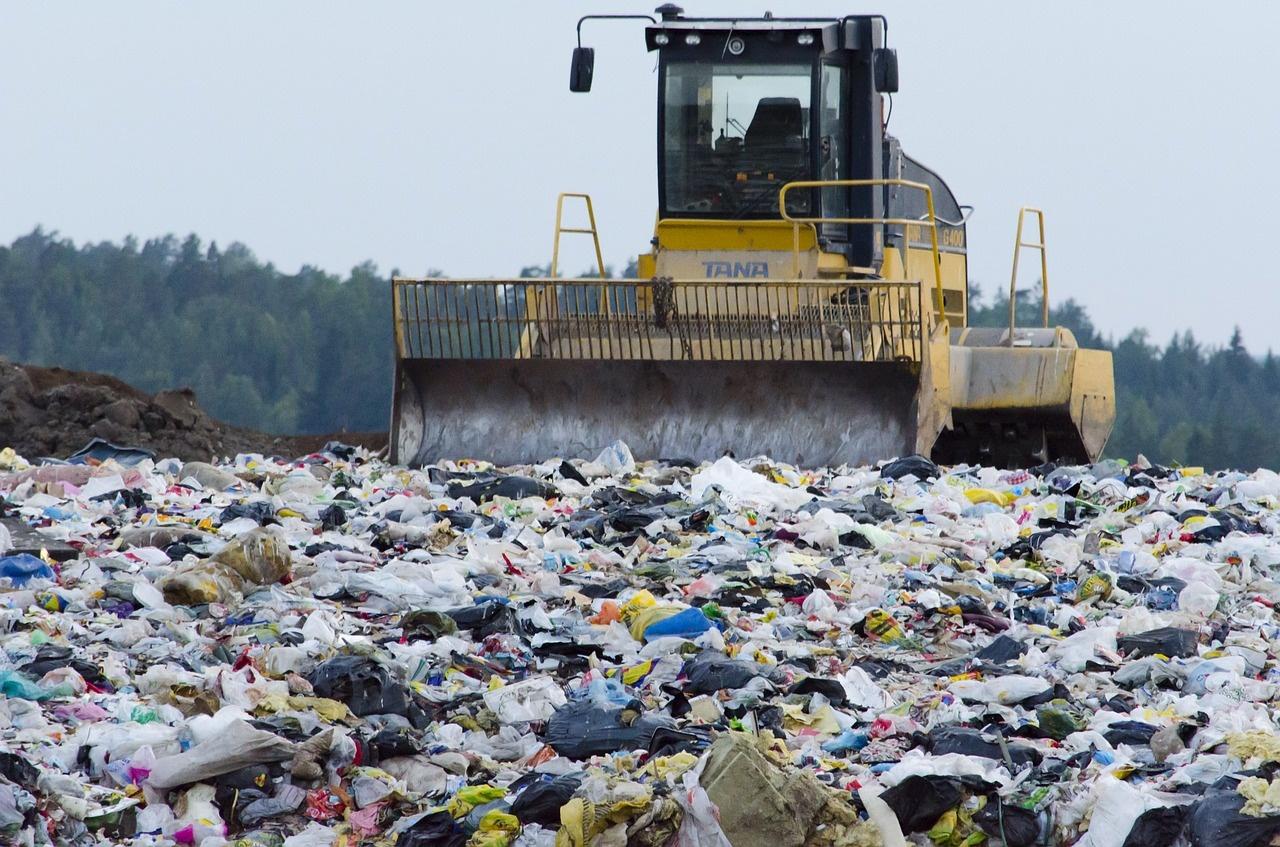How To Reduce Your Food Waste Footprint
LEHIGH VALLEY, Pa. -- From uneaten leftovers to spoiled produce, it's not always easy to keep track of how much food is thrown away at home.
According to the EPA, about 94-percent of food thrown away ends up in landfills or combustion facilities. In 2015 alone, Americans disposed of 37-million tons of food waste.
Keep in mind: Reducing your food waste footprint not only helps the environment, it also helps you save money on your grocery bill as you become more aware of what you buy and eat.
Benefits Of Reducing Food Waste:
- Lowers your carbon footprint- Reduces methane emissions from landfills
- Conserves energy and resources involved in growing, manufacturing, transporting, and selling food
- Supports your community by providing donated untouched food
One of the most simple ways to keep food out of landfills is to compost leftover food scraps, as shown in PBS39's "Food Waste In The Valley" documentary. CLICK HERE to learn more about composting basics from the EPA.
Thriftiness
- Always shop your fridge, first!
- Don't toss it just yet! Use produce with spots/marks in casseroles, stir-frys, soups and smoothies
- Plan a "leftovers" meal each week
Planning
- Plan meals for the week
- Check fridge/cupboards before you shop
- Make a grocery list and only buy items needed for planned meals
- Include quantities on shopping list to avoid overbuying
Storage
- Preserve or freeze surplus fruits and veggies
- Separately store produce like bananas, apples and tomatoes -- these fruits emit natural gases as they ripen, making nearby produce spoil faster
- Wait to wash berries to prevent mold growth
Preparation
- Wash, dice and slice produce when you get home from the grocery store and place into containers for easy cooking
- Consider freezing bread, meats and cut fruit if you think you can't eat them in time



